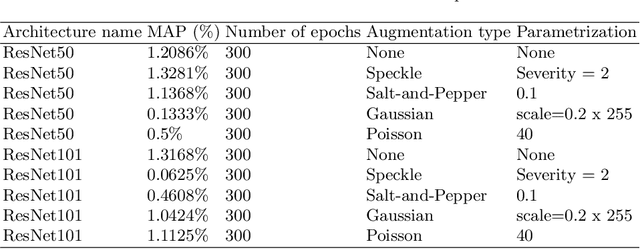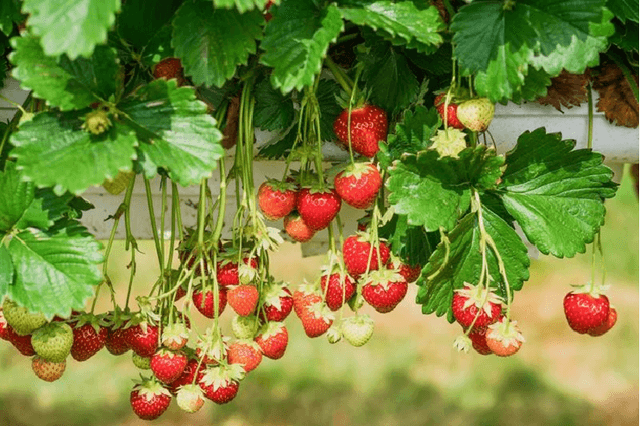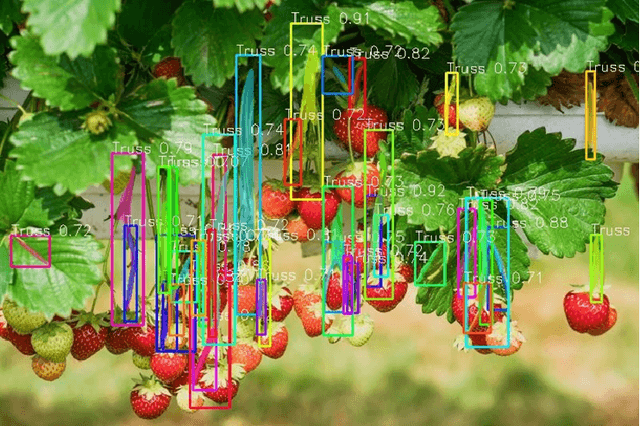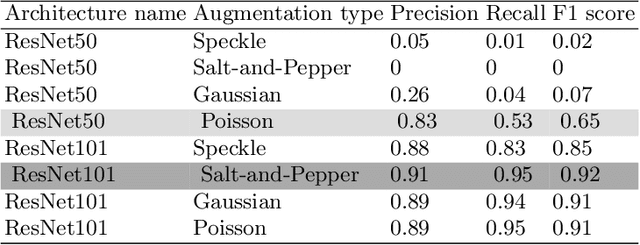Francisco de Lemos
Estimating the Power Consumption of Heterogeneous Devices when performing AI Inference
Jul 13, 2022



Abstract:Modern-day life is driven by electronic devices connected to the internet. The emerging research field of the Internet-of-Things (IoT) has become popular, just as there has been a steady increase in the number of connected devices - now over 50 billion. Since many of these devices are utilised to perform \gls*{cv} tasks, it is essential to understand their power consumption against performance. We report the power consumption profile and analysis of the NVIDIA Jetson Nano board while performing object classification. The authors present an extensive analysis regarding power consumption per frame and the output in frames per second (FPS) using YOLOv5 models. The results show that the YOLOv5n outperforms other YOLOV5 variants in terms of throughput (i.e. 12.34 fps) and low power consumption (i.e. 0.154 mWh/frame).
Deep Learning approach for Classifying Trusses and Runners of Strawberries
Jul 06, 2022



Abstract:The use of artificial intelligence in the agricultural sector has been growing at a rapid rate to automate farming activities. Emergent farming technologies focus on mapping and classification of plants, fruits, diseases, and soil types. Although, assisted harvesting and pruning applications using deep learning algorithms are in the early development stages, there is a demand for solutions to automate such processes. This paper proposes the use of Deep Learning for the classification of trusses and runners of strawberry plants using semantic segmentation and dataset augmentation. The proposed approach is based on the use of noises (i.e. Gaussian, Speckle, Poisson and Salt-and-Pepper) to artificially augment the dataset and compensate the low number of data samples and increase the overall classification performance. The results are evaluated using mean average of precision, recall and F1 score. The proposed approach achieved 91\%, 95\% and 92\% on precision, recall and F1 score, respectively, for truss detection using the ResNet101 with dataset augmentation utilising Salt-and-Pepper noise; and 83\%, 53\% and 65\% on precision, recall and F1 score, respectively, for truss detection using the ResNet50 with dataset augmentation utilising Poisson noise.
 Add to Chrome
Add to Chrome Add to Firefox
Add to Firefox Add to Edge
Add to Edge